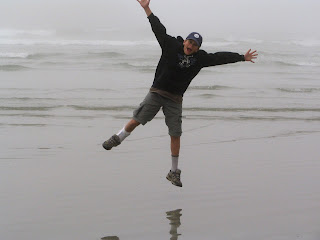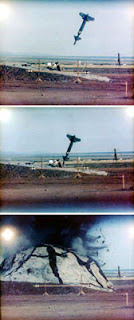The Power of Inspiration

In contrast to the frenetic activity that appears to dominate this season, for me, year-end is an important time of reflection and reconnecting. I like to review my journal, look at all the photos we took throughout the year and try to recapture a little of the wonder that recently fell from the treads of life. It's also a time when I am particularly aware of the need for inspiration to thrust forward into the adventure of the year ahead. Inspiration has blazed a trail of extraordinary accomplishment across the pages of history. It is the breath of the divine that fills the sails of human creativity and passion, driving us forward into a hopeful future. Remarkable works of art, innovation, and courage were fueled from this combination of purpose and energy, sometimes even in the most seemingly impossible situations. A few weeks ago, I was recharged by a rare visit from Eric Peterson, founder of Mitra Imaging, a medical imaging company that was acquired by Agfa in 2002 . Since that ...




